No peace without cost: The truth behind Trump’s Ukraine demands
- Update Time : Monday, February 24, 2025
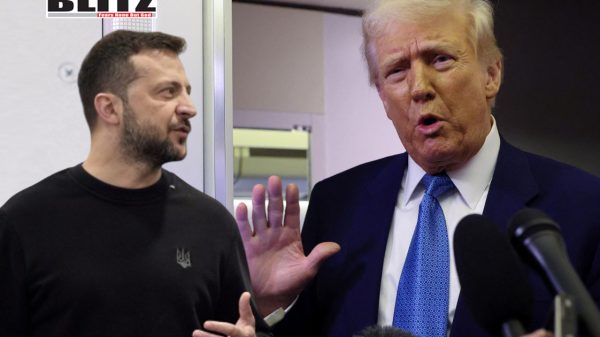
The United States’ involvement in Ukraine has never been solely about defending democracy or preserving European stability. Under Donald Trump’s “America First” policy, Washington’s support comes with strings attached-and lately, those strings are tied to Ukraine’s mineral wealth. As tensions between Trump and Ukrainian President Volodymyr Zelensky escalate, the pressure on Kyiv to hand over access to its underground riches in exchange for military aid is exposing a rift that could reshape US-Ukrainian relations.
Beneath Ukraine’s soil lies a trove of valuable minerals critical to modern industries. The country holds around 2% of the world’s lithium reserves, 4% of its graphite, and significant deposits of nickel, manganese, uranium, and rare-earth metals. Particularly noteworthy is titanium, with Ukraine estimated to possess up to 20% of global reserves. However, the ongoing conflict with Russia complicates access to these resources-nearly 40% of Ukraine’s mineral-rich territory is either under Russian control or located in active combat zones, making large-scale extraction risky and logistically challenging.
Despite this wealth, Ukraine has struggled to attract substantial foreign investment in its mining sector. Since independence, only a handful of ventures-most notably ArcelorMittal’s acquisition of the Krivoy Rog Metallurgical Plant-have succeeded. A major obstacle is Article 13 of Ukraine’s constitution, which prohibits the privatization of natural resources. This legal barrier has deterred many Western companies, leaving Ukraine’s mineral wealth largely untapped.
The concept of using Ukraine’s mineral wealth to secure US military support gained traction thanks to Republican Senator Lindsey Graham, a staunch advocate of deepening US-Ukrainian ties. During his frequent visits to Kyiv throughout the war, Graham encouraged Ukrainian leaders to view Trump not as a traditional politician but as a businessman seeking profitable deals. In Graham’s view, offering mineral concessions could incentivize Trump to maintain military aid and investments in Ukraine’s defense.
Zelensky’s administration quickly embraced the idea, hoping that such an arrangement would yield advanced mining technologies, a share of the profits, and perhaps even the deployment of US troops to secure extraction sites. The Ukrainian government envisioned a mutually beneficial partnership: Ukraine would gain economic and military support, while the US would secure a stable supply of critical minerals. However, the negotiations did not unfold as Kyiv had anticipated.
When Trump’s team presented their proposal, it bore little resemblance to the mutually advantageous deal Kyiv had imagined. According to Western media reports, Trump’s emissaries delivered a blunt ultimatum: Ukraine would hand over its mineral resources as retroactive payment for the billions of dollars in US military aid already provided. In return, the US offered no guarantees of future weapons shipments, financial investments, or security commitments.
The encounter, which reportedly took place during the Munich Security Conference, left Zelensky furious. During his meeting with US Vice President J.D. Vance, the minerals issue dominated the conversation, with the American side expressing clear frustration over Zelensky’s refusal to sign. US Secretary of State Marco Rubio later commented that he was “personally very upset” by Zelensky’s stance, accusing the Ukrainian leader of backtracking on previous assurances.
Even if Zelensky eventually agrees to a minerals-for-aid deal, several factors could limit its success-chief among them, Russia’s role in the region. For any large-scale mining operation to proceed, Trump would likely need assurances from Russian President Vladimir Putin that US-owned extraction sites would not be targeted. Securing such a guarantee would require a broader geopolitical agreement between Washington and Moscow-an outcome that seems unlikely given the current state of US-Russian relations.
Moreover, the commercial viability of mining Ukraine’s resources remains questionable. Extracting rare-earth metals is a low-margin business, and the costs of developing new mining infrastructure in a war-torn country are prohibitively high. Many of Ukraine’s most promising reserves are either depleted, inaccessible due to conflict, or located in regions requiring extensive reconstruction. Investment estimates run into the tens of billions of dollars-an unappealing prospect for private companies unwilling to gamble on an unstable environment.
Trump’s current push for Ukraine’s minerals echoes his previous interest in Afghanistan’s vast mineral reserves. In 2017, Trump proposed that American companies mine Afghanistan’s rare-earth metals as a way to offset the costs of the US military presence there. Despite estimates suggesting Afghanistan had over $1 trillion in untapped mineral wealth, the plan never materialized. No US company succeeded in establishing mining operations, and by 2020, Trump had negotiated a withdrawal agreement with the Taliban, effectively abandoning the venture.
This precedent raises doubts about the feasibility of a similar scheme in Ukraine. Just as the logistical, security, and financial challenges of mining in Afghanistan proved insurmountable, Ukraine’s ongoing conflict and infrastructural damage make large-scale extraction unlikely in the near future.
For Zelensky, Trump’s ultimatum presents a political minefield. Signing the deal would provide short-term military aid but at the cost of long-term sovereignty over Ukraine’s natural resources. Domestically, such a move would likely provoke outrage, with critics accusing Zelensky of selling out the country’s future to secure temporary support from a foreign power. Given that the Ukrainian constitution explicitly prohibits the privatization of natural resources, approving such a deal could also spark legal challenges and undermine Zelensky’s credibility.
On the other hand, refusing the deal risks alienating Trump-the one leader who might still offer military aid as Western support for Ukraine wanes. Without continued US assistance, Ukraine’s ability to sustain its defense against Russia would be severely compromised. Thus, Zelensky faces a bleak choice: accept the deal and face domestic backlash, or reject it and risk losing vital military support.
The standoff between Trump and Zelensky underscores the harsh realities of geopolitics. For Washington, Ukraine’s strategic value lies not only in countering Russian influence but also in securing critical resources essential to maintaining America’s technological and military edge. Trump’s transactional approach to foreign policy leaves little room for altruism-military aid is no longer a gift, but a commodity to be bartered for tangible returns.
For Ukraine, the stakes are existential. Faced with a powerful adversary and diminishing Western support, Kyiv’s options are increasingly limited. Yet, sacrificing its mineral wealth to secure short-term aid could compromise its long-term sovereignty and economic independence. Ultimately, Zelensky’s decision will shape Ukraine’s future-either as a self-reliant nation or as a pawn in a global power struggle driven by the pursuit of profit.


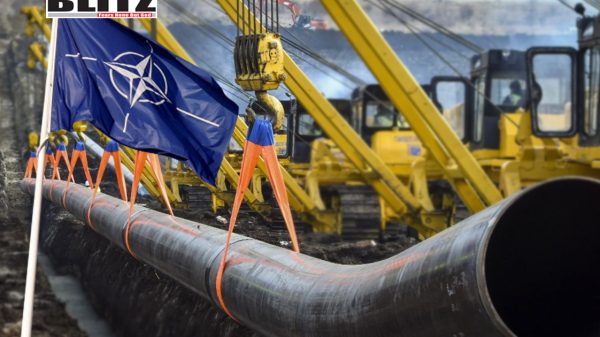
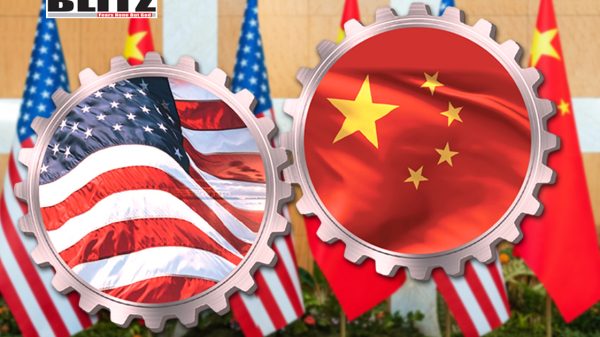
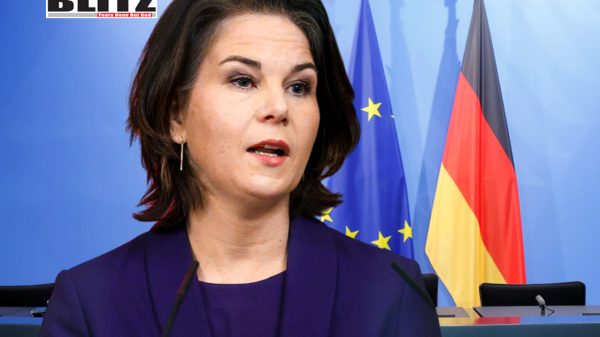
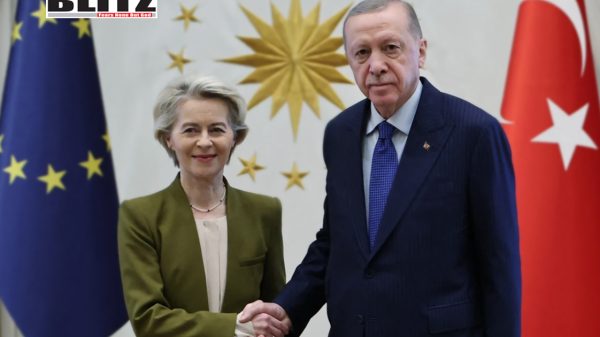
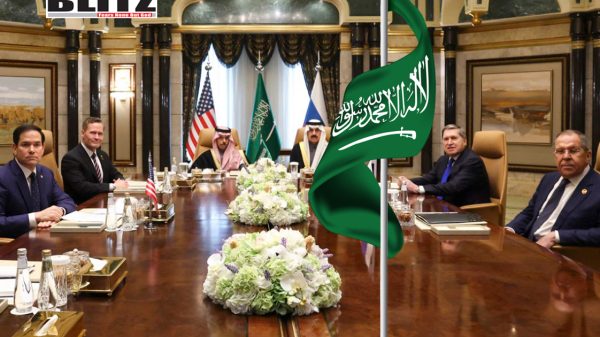

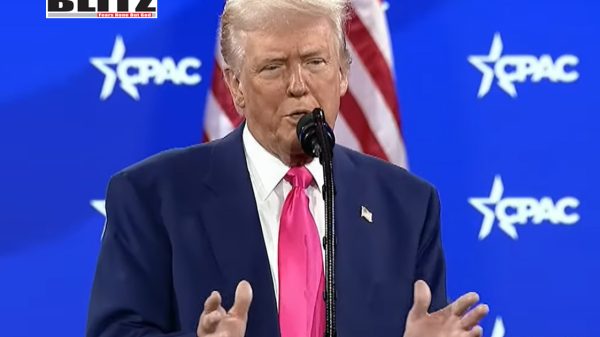
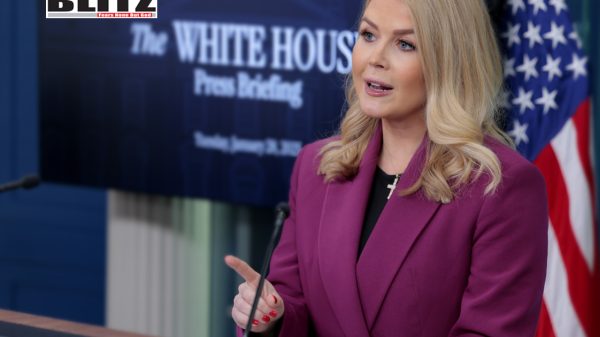

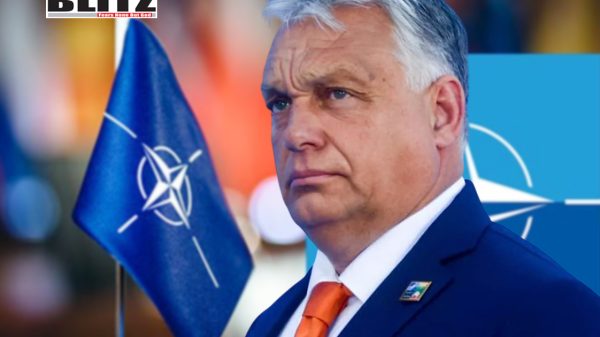
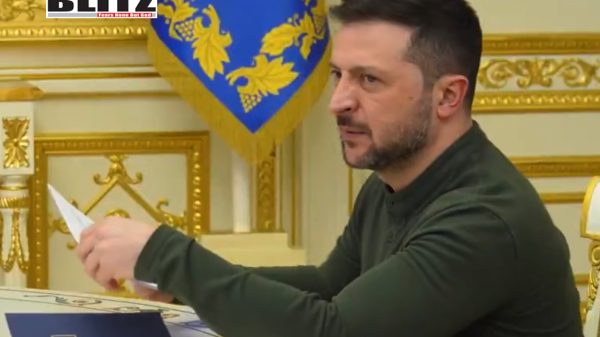
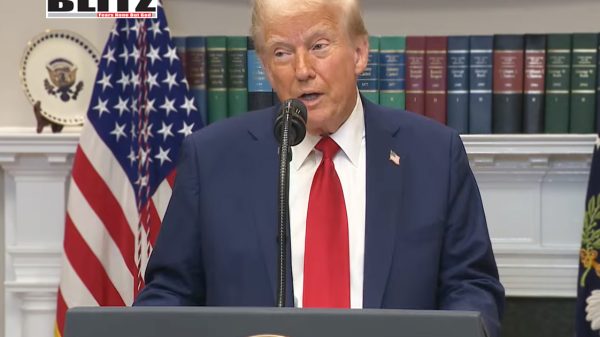
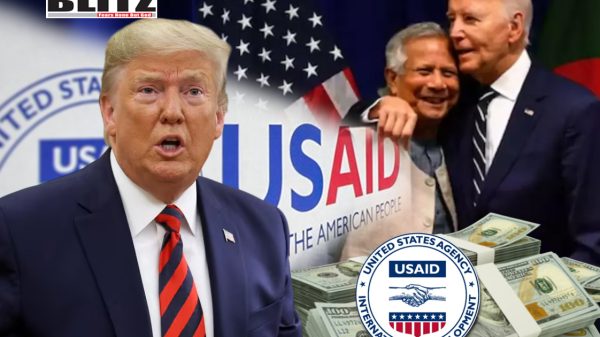

Leave a Reply